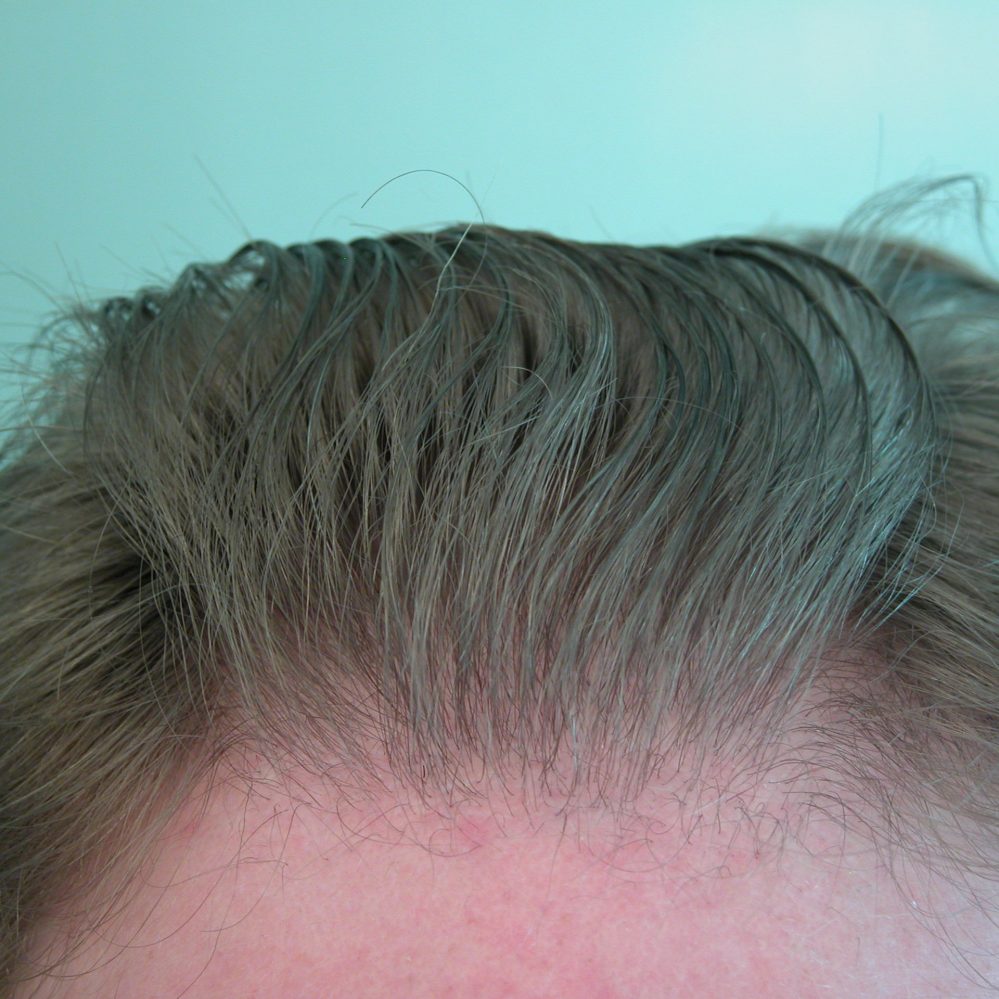Some of the categories include:
- findings of animal model studies
- methodologies used to measure the growth of new hair
- genetics
- Stimulant compounds (e.g. prostaglandins, red ginseng extract, Ecklonia cava)
- hair transplantation
- stem cell research
Hair loss research and Hair Cloning
Hair cloning developments are really not true genetic cloning efforts where structures are made entirely from the DNA blueprint. But rather, what is being done is the creation of new follicles (in labs). The inductive properties of derma papilla cells are used to communicate to stem cells and help them turn into follicular cells.
New research efforts are leading to increased knowledge about all the different physiological factors that cause the loss of hair.
And with this information, new and effective forms of treatment are sure to be developed in time.


